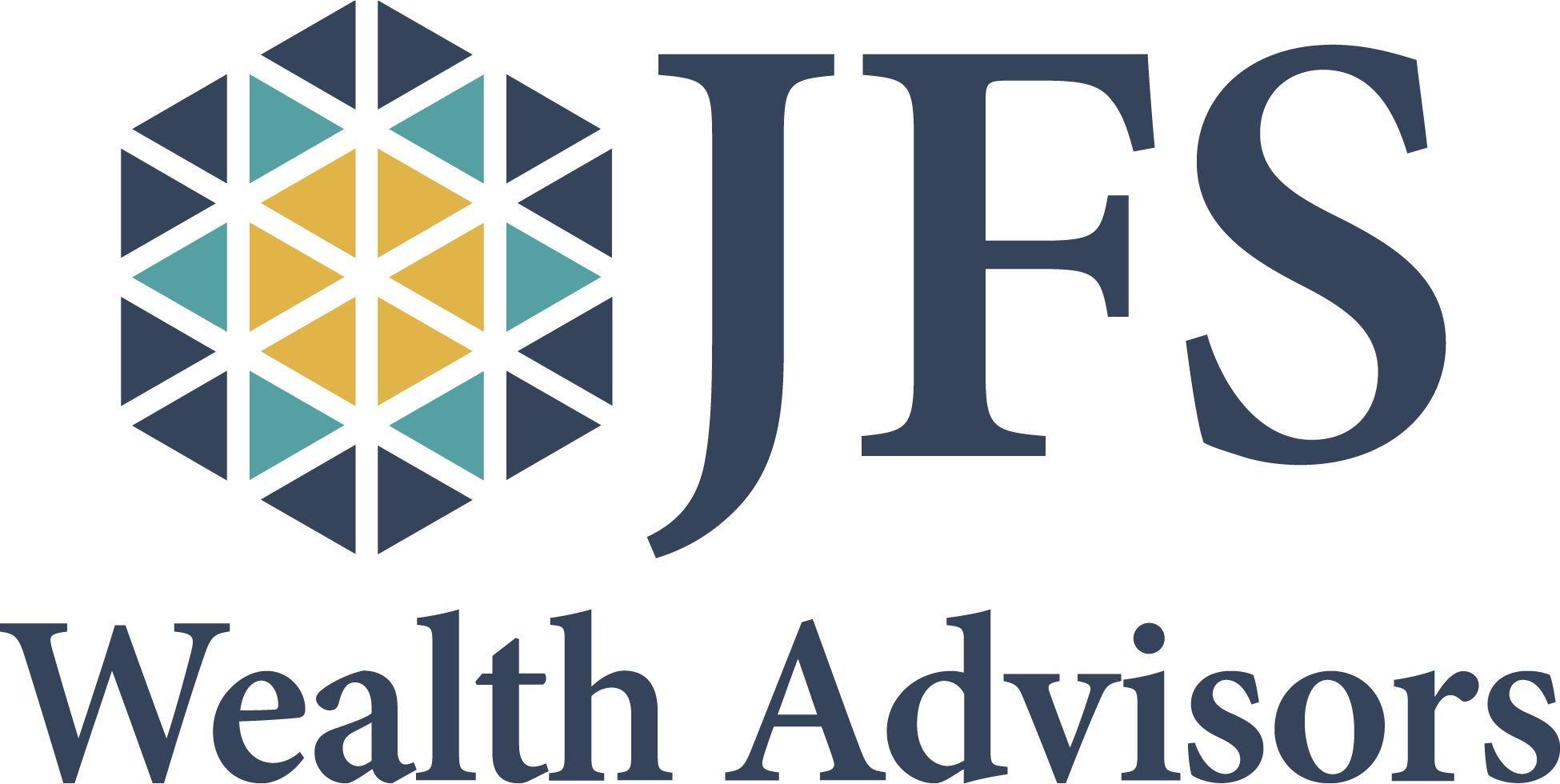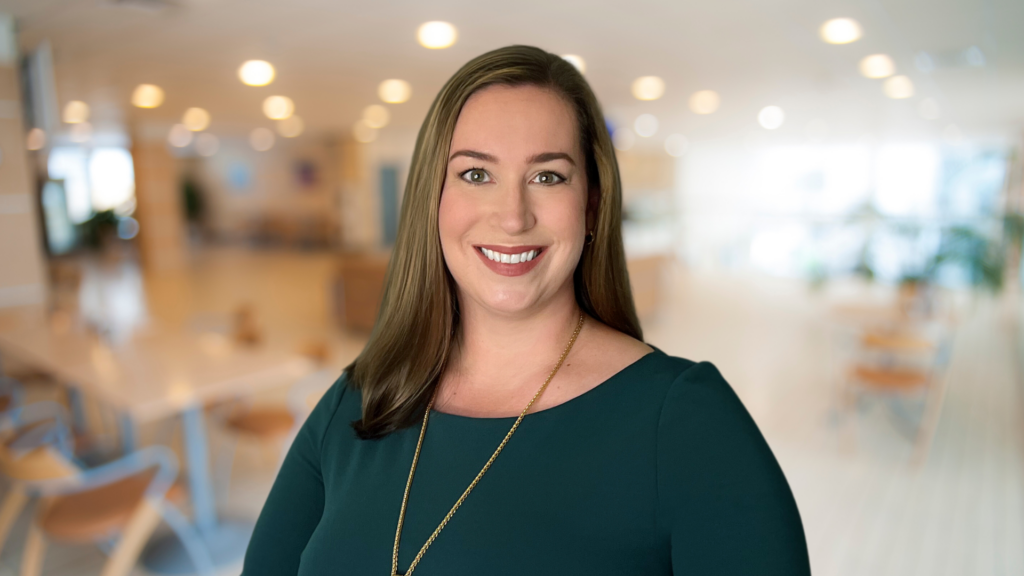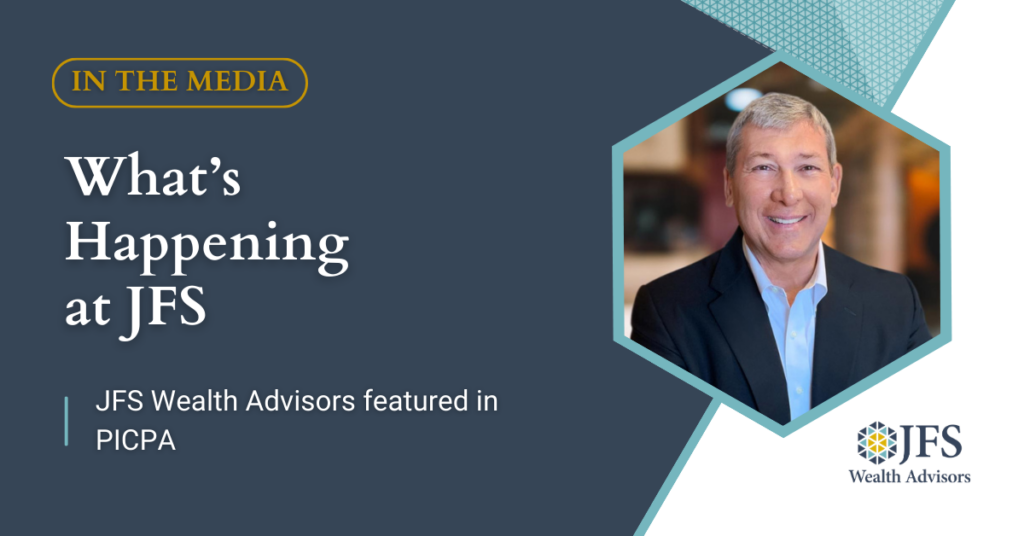For decades now, one of the central tenets of the American Dream has been home ownership. And one of the fondest dreams of most homeowners—especially those in the Baby Boom generation and older—is the “mortgage burning party”: the day when the last payment is made and the house is free of debt. For many approaching or already in retirement, a substantial portion of their net worth may reside in a home that is paid for or nearly so. Typically, with the appreciation in property value over the years, the home may have a market value substantially in excess of the amount the homeowners originally borrowed.
But the dream of a completely debt-free home in retirement is getting harder and harder to come by, according to a recent survey by national mortgage banker American Financing. As reported by AARP, the survey indicated that 44 percent of Americans ages 60–70 are still paying on a mortgage when they retire, and 17 percent say they may never pay off the debt.
Whether your home is debt-free or not, it is not only a valuable personal asset; it can also constitute a valuable financial component of your plan for funding a satisfying retirement. In addition to the funds you’ve set aside in 401Ks, IRAs, and other investment accounts, the value of your home can be tapped in several ways to help you meet the expenses of retirement. Collectively, homeowners 62 and older have more than $6.5 trillion in “tappable” home equity available; in fact, according to the Federal Reserve Bank of Philadelphia, home equity accounts for somewhere between a quarter to half of the median retiree’s net worth. Let’s look at a few ways you may be able to utilize the value of your home to fund your planned retirement lifestyle.
1. Sell and downsize
Though most seniors prefer to remain in their homes, a sizeable percentage utilize this strategy to free up cash from a highly appreciated property. Because the first $250,000 of capital gain from the sale of a primary residence is not taxable ($500,000 for married couples filing jointly), retirees may choose to sell their home and move into a smaller space, typically one that requires less maintenance and upkeep. The unused equity from the sale can then be invested to provide ongoing income in retirement.
2. Borrow against the equity
With many retirees having 80% equity or more in their homes, this can be a low-cost and relatively secure source of additional funds. Second only to a primary mortgage, a home equity loan (“second mortgage”) typically carries the lowest interest rate available. Especially for retirees who need to “retrofit” a home for greater ease of mobility during their later years, a home equity loan or a home equity line of credit (HELOC) can offer a less expensive way to fund improvements that may, in turn, actually increase the resale value of the property. Generally, interest rates on home equity loans are fixed for the term of the loan, which is typically 10 years. HELOCs, on the other hand, usually have a variable rate that can change based on movements in interest rates. In the current rising interest rate environment, it’s especially important to carefully consider all costs and fees before signing on the dotted line.
3. Rental income
In some situations, retirees with “extra space” may wish to consider taking on a renter to generate income—perhaps even a family member who needs a place to stay. If you consider this, though, keep in mind that you must properly report the income on your tax return. You’ll also want to keep up with eligible expenses you incur from the rental, which can be deducted against the income generated.
4. Reverse mortgage
Though reverse mortgages should only be entered into after careful consideration of all costs and implications, for the right candidate they can be a source of steady cash flow while remaining in your home. Many reverse mortgages now are guaranteed by the Federal Housing Administration (FHA), though applicants for an FHA program must be at least 62 (if a couple, the youngest person must be 62 or older). As the name implies, instead of the homeowner making payments to the lender, the lender makes payments to the homeowner in the form of a loan. Further, the homeowner is not required to repay the loan during the time they live in the house. But it’s vital to remember that this is not “free money”; it’s a loan, and with each payment made to the homeowner, the homeowner’s equity in the home decreases, while the lender’s equity increases.
Anyone considering a reverse mortgage should talk to a qualified financial advisor, and they should especially be aware of all fees and other requirements of the loan. Again, for the right situation, a reverse mortgage can be a useful source of revenue in retirement. But for those who desire or need to retain more control over their home equity, it may not be a good option.
JFS Wealth Advisors, as a fiduciary financial advisor and wealth manager, places ultimate priority on helping our clients who are retired or entering retirement make smart, tax-efficient plans for funding their desired retirement lifestyle. To learn more, view our recent webinar, “2022 Guide to Retirement.”



















